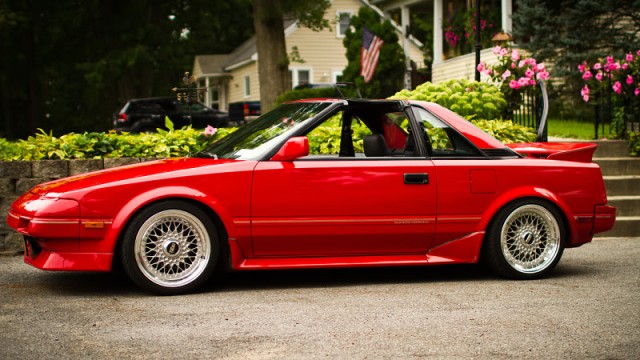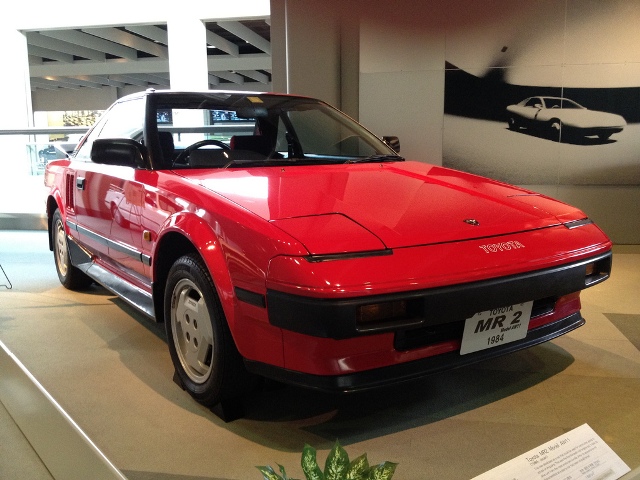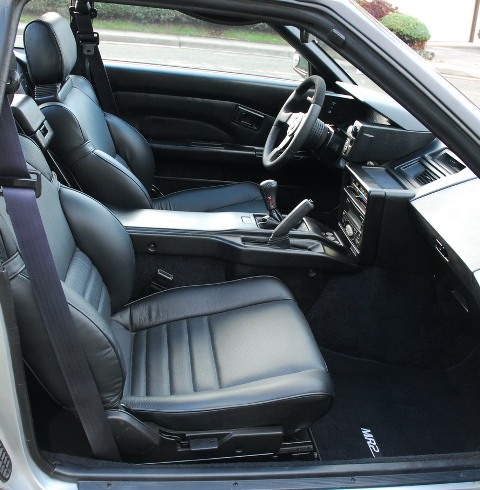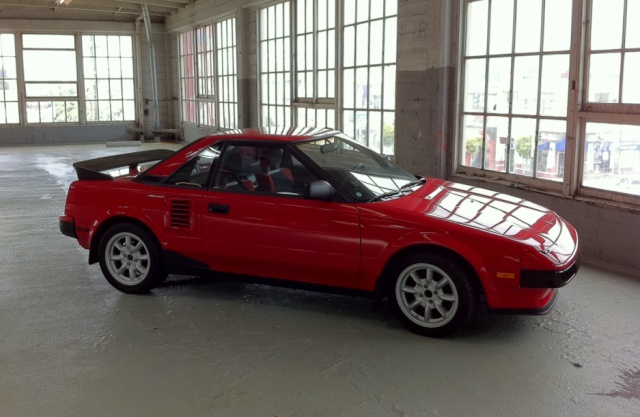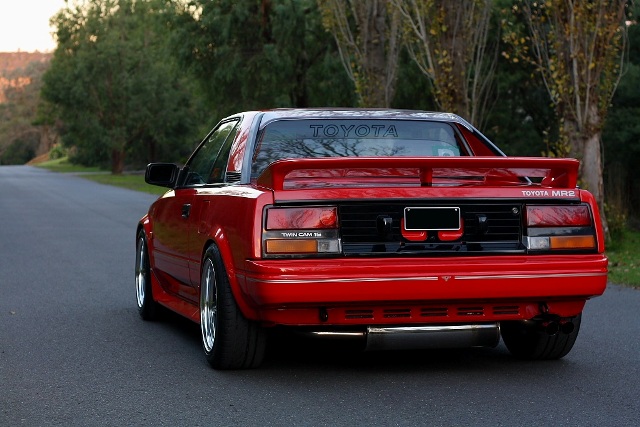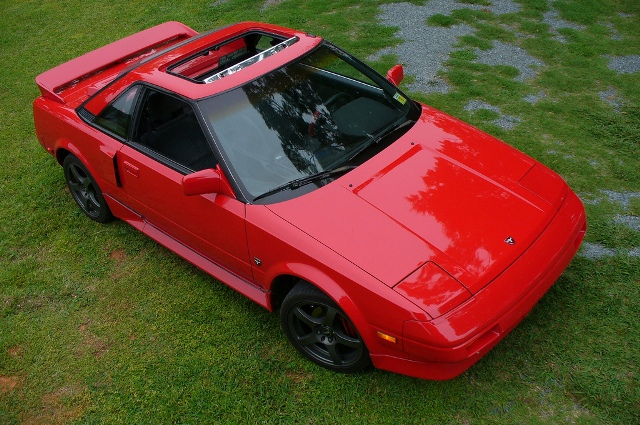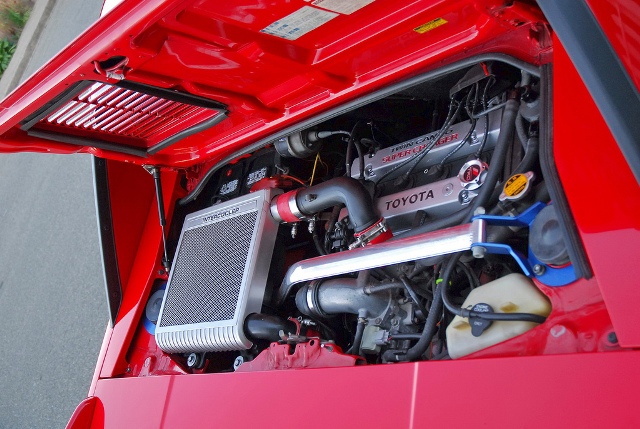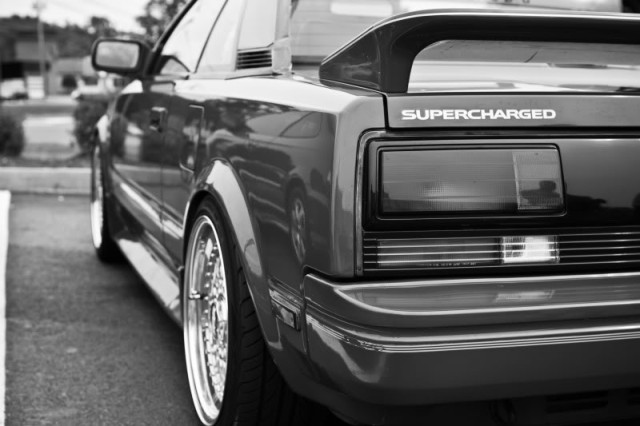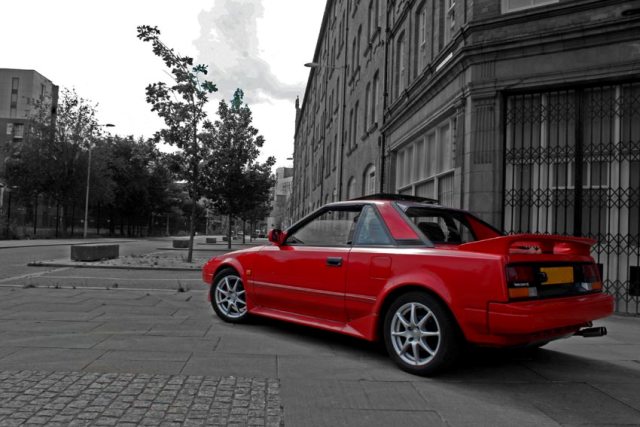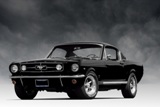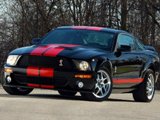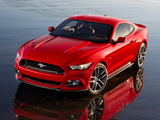Enthusiast's Corner
1984-1989 Toyota MR2: The mid-engine car for the rest of us
Written by James Dolan
Growing up in a small factory town where North American cars ruled the roads and foreign sports cars were an occasional sight could be a depressing place for a sports car fanatic. The only chance to see these vehicles was when my parents took me to one large cities close by where the roads were filled with diversity. This changed for a short period of time in the late 1980’s and early 90’s. One Sunday a month the parking lot of the near by mall came to life with the sounds of revving engines and squealing tires as cars weaved through a sea of orange cones. This autocross event was hosted by the local sports car club, an organization my father belonged to many years before. Participants would come from all over the area and since our town is sandwiched between to major cities this event drew some pretty cool vehicles. The perimeter of the parking lot was always lined with spectators, participants and with some amazing cars. My father and I attended every event during the summer months. We watched GTI's, Scirocco’s, Civic’s, CRX’s, Mustang’s, Camaro’s, Corvette’s, Corolla GT-S’s and even an occasional Lotus Super 7 and Fiat X1/9 dart through the cones with their drivers doing their best to achieve the best time in their respective category. Certain cars seemed to be more capable of turning in a fast time than others, depending on driver ability of course. One of the most dominate cars at that time was the first generation MR2 a mid-engine car that I have loved ever since.
The Toyota MR2 caused a stir when introduced at the Tokyo Motor Show in October 1983 then named the SV-3. This car was very different from the conservative, market wise vehicles that Toyota was known for producing. Both the automotive press and public were more than a bit surprised when Toyota emerged with Japan’s first mid-engine production car. In the past Toyota had very capable sports and GT cars such as the Celica, Supra and sport editions of the Corolla however until 1984 Toyota had not marketed a mass production 2-seater with the sole exception of the very limited production and exclusive 2000GT of the Sixties. The SV-3 was to be a dedicated 2 seat sports car aimed at the masses and priced appropriately.
Originally the SV-3 started life in the 1970’s in Toyota’s testing department as an experiment in engine placement for a fun to drive car that was still fuel efficient. As time went on a mid-engine placement was chosen and the SV-3 quickly developed into a proper sports car as further prototypes evolved. Toyota spent a significant amount of time testing its new sports car at race circuits around the world using experienced race drivers like Dan Gurney to test development cars. Toyota even recruited Lotus to assist them with the handling balance of the car since Lotus had much more experience with the handling characteristics of mid-engine sports cars.
After nearly a decade the new sports car was ready to be rolled out and Toyota designated the new car the MR2, for Midship Runabout 2-seater. On the surface the MR2 appeared to be a giant technical leap for the normally very conservative and practical company; however Toyota did manage to use an ingenious combination of proven components in an all new configuration. This saved millions in development and production costs and allowed Toyota to create a new vehicle that would be reliable right from its introduction. Using the transverse front drive technology from the Corolla and mounting the drive train in a midship location gave the MR2 a cheap yet effective power train and rear suspension combination. Up front the suspension of the MR2 uses more proven Corolla technology by utilizing the bits and pieces from the front end of the AE86 rear drive Corolla. This use of “front” suspension systems at both ends of the car has many advantages such as a fully independent suspension system and disc brakes at each corner. This was a big deal in 1984 as these features were not yet common either separately or in combination with one another on a car in its price range.
Continuing the theme of something borrowed Toyota once again raided the Corolla parts bin for the MR2’s engine. This isn’t a bad thing considering that they choose one of Toyota’s best engines of all time, the now legendary 4A-GE 1.6-litre, twin cam, sixteen valve engine borrowed from the legendary AE86 Corolla GT-S. This is a little gem of an engine that is an enthusiastic little rev happy motor that must be experienced to be fully appreciated. The cylinder head of this engine was developed by Yamaha Motor Corporation and although its output of 112hp may seem very laughable today the light weight of the MR2 combined with very short gearing enabled the compact 2-seater to be a snappy performer. The short gearing can also be considered one of the MR2’s few shortcomings and that would be excessive engine noise. With the 1.6-litre engine spinning away at a dizzying 3,300 RPM at 100km/h (about 62mph) mere inches behind the passenger compartment does not exactly make the MR2 a relaxed long distance highway cruiser. Engine noise however is a small price to pay for the MR2’s entertainment value.
If engine noise is its downfall then handling is the MR2’s distinguishing characteristic. Just like its styling, handling of the MR2 is razor sharp. It is an easy car to drive fast and is even easier to drive faster. The car is nimble and predictable through corners with rapid and precise turn-in when the steering wheel is turned. Even if you manage to get yourself into trouble and the rear end starts to rotate around just dial in some opposite steering and the MR2’s quick reflexes will save you, unless you are doing something that the law of physics just won’t allow. The MR2 almost feels like a race car with excellent balance, quick responses, and steering that communicates crisply to a driver’s input. The MR2 is one of those dual personality cars that can be safely driven by a novice driver yet still be rewarding and entertaining for a skilled enthusiast. So good are the handling characteristics of the MR2 that I would dare to say that it could very well be one of the best handling affordable sports cars from the 1980’s. It certainly puts my beloved Mazda RX-7 to shame.
For the 1988 model year Toyota upped the performance of the MR2 with an optional supercharged engine. Bolting on a Roots-type supercharger and Denso intercooler to the 4A-GE (designated 4A-GZE in supercharged form) 1.6-litre the MR2 produced 145hp and much stronger acceleration times of 6.5 seconds to 100km/h, a very impressive number for the time. This allowed the MR2 to accelerate as quickly as much more powerful (and expensive) sports cars and allowed the driver to explore the high handling limits of the car with great ease. The belt-driven supercharger was equipped with an electromagnetic clutch allowing the pulley on the supercharger to “free wheel” during situations of light engine loads such as idle, steady cruising or normal acceleration. This was done to increase fuel economy. However once the driver mashed the throttle or the vehicle was under load, going up a steep hill for example, the clutch would engage and the vanes inside the supercharger would spin producing boost and a grin from the driver.
With razor sharp styling and handing the 1984-1989 Toyota MR2 is a good looking, fun to drive future classic that just about anyone can afford. Better yet the MR2 comes with pullet proof Toyota reliability, something that had been lacking in the mid-engine sports car market at any price point at the time. Motor Trend Magazine was so impressed with the MR2 that they awarded the car with their prestigious Import Car of the Year Award in 1985. The MR2 is proof that Toyota has the ability to design and produce a desirable and entertaining sports car that an enthusiast would be proud to own. Any enthusiast shopping for a classic mid-engine sports car should have the first generation MR2 on their shopping list. Sure a Ferrari or Lotus has a greater emotional appeal but they are also finicky, fragile and expensive to buy and maintain. My view is that the MR2 is the mid-engine sports car for the rest of us and in this instance this isn’t a sacrifice at all. Thank you Toyota, we average enthusiast’s will always be greatful.
Most Popular Articles

Japanese Nostalgic Vehicles: The next trend in classic cars
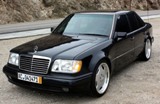
Five Sports Sedan's I'd Love to Own

Hot Hatchbacks From the 1980's

Volvo 200 Series: An Unappriciated Classic

Triumph TR-6: Music to Anyone's Ears
Fifty Years of Mustang
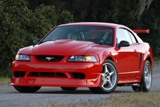
1999-2001 Ford Mustang SVT Cobra
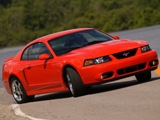
2003-2004 Ford Mustang SVT Cobra
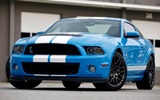
2010-2014 Ford Mustang Shelby GT500
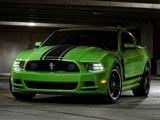
2012-2013 Ford Mustang Boss 302

